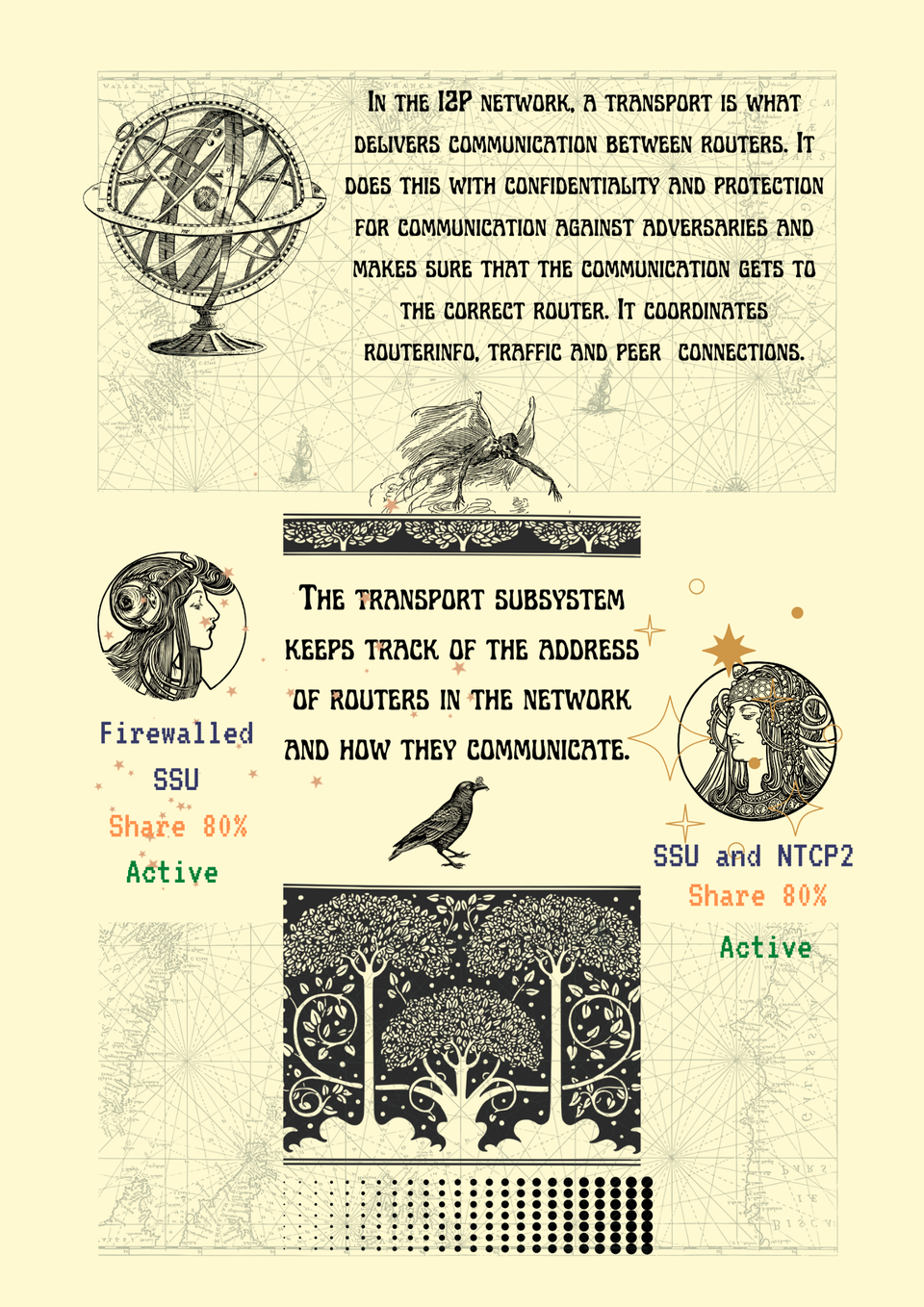It Is Not a Darknet, It Is An Overlay Network

The word “darknet” is used often to describe what are technically overlay networks.
The I2P network is an overlay network. It functions with similar capacity to the clearnet ( internet). It is open for anyone to participate in or build on. This is why I do user research and introduce the technology to new people. Existing and future developers need to have data for what people need and want to use on the network.
However, no thanks to click bait articles and improper terminology, overlay networks have been maligned and sadly motivation for participating in them is questioned. Most conversations about overlay network use need to be prefaced with examples of legitimacy. This happens while all of the things that they get blamed for facilitating are happening in places that people do not scrutinize in the same way.
The term gained public acceptance following publication of “The Darknet and the Future of Content Distribution”, a 2002 paper … (that) argued the presence of the darknet was the primary hindrance to the development of workable digital rights management (DRM) technologies and made copyright infringement inevitable.[14] This paper described “darknet” more generally as any type of parallel network that is encrypted or requires a specific protocol to allow a user to connect to it. https://en.wikipedia.org/wiki/Darknet
Networks are technical things. They provide transport for communication.
The notion that encrypted networks “hide” traffic is false. Hiding implies motivation at a human level. Encryption simply makes network traffic observation or interception more difficult.
This is why words and consensus matters.
Developers, designers, participants and community stewards need to ensure that part of creating security in a network is creating a glossary that does not alienate people and makes corrections where needed. Security also exists in community. It exists in decision making. The network can provide it in its architecture, but humans also seek it from each other. When we talk about what we do, the way we describe it matters.
Our relationships to communication tools and technology is complicated, prone to fail, exciting, exhausting and unchartered in the scope and course of human development. It holds all the possibility to grow and learn, and the ability to cause irreparable harm to yourself or others.
Overlay networks do not care about what OS you use, they do not care about how easy or complicated your own privacy tool stack or workflow is. They provide opportunities for connection, communication, growth, and creation. They are not biased and we do not serve community, engineers, developers or anyone who is learning about networking any favours when we do not actively correct terminology.